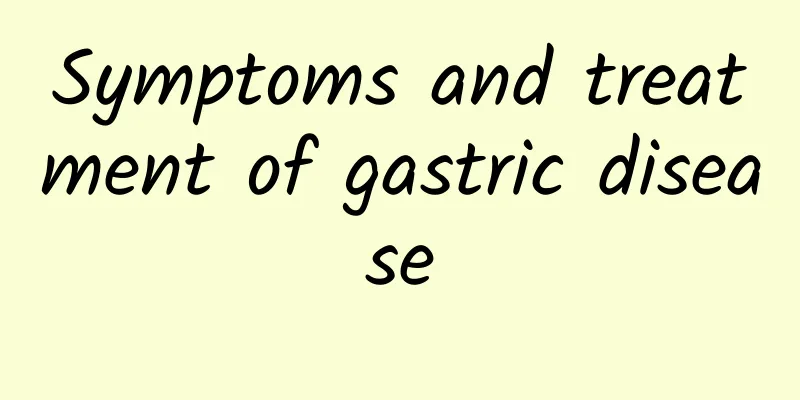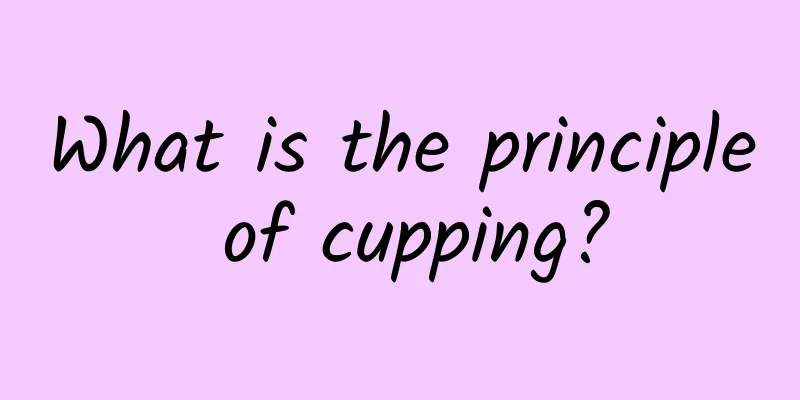Gallbladder cyst symptoms and treatment

|
A cyst is a structure or mass composed of a sac of cells. It is usually filled with liquid, but can also be filled with solid material. It can be congenital, traumatic, or acquired. They may develop anywhere in the body and usually require complete removal to eliminate them, otherwise they are likely to recur. Fluid-filled cysts without a cell lining are called pseudocysts. So how do you know if you have a gall cyst? What are the symptoms and treatment of gall cysts? 1. Causes of gallbladder cyst The gallbladder is a blind sac that communicates with the bile duct through a curved, elongated cystic duct. The main causes of this disease are cystic duct obstruction, bile retention and subsequent bacterial infection or chemical cholecystitis due to various factors. In a few cases, no obvious bile retention in the gallbladder was found, and bacterial infection seems to be the only cause of gallbladder cysts. 1.1. Bile retention is a precursor and basic factor causing acute cholecystitis. Long-term retention and concentration of bile in the gallbladder can irritate the gallbladder mucosa and cause inflammatory lesions. Combined with bacterial infection, acute cholecystitis can develop. 1.2 Bacterial infection About 70% of the bacteria that cause acute cholecystitis are Escherichia coli, and others include Klebsiella, Clostridium, Staphylococcus, Salmonella typhi, Salmonella paratyphi, Streptococcus, and Pneumococcus. About 50% of patients with acute cholecystitis have positive bile bacterial cultures. The route of bacterial invasion is generally through the bile or lymphatic vessels, and sometimes it can also retrograde into the bile duct through the intestine or spread hematogenously. 1.3 Other reasons In clinical practice, there are a few cases in which there is neither bile retention nor bacterial infection but other causes. Mainly seen in trauma and pancreatic juice reflux. Trauma including surgery, burns, etc. can lead to acute cholecystitis. 2. What is a gallbladder cyst? Gallbladder cysts may be caused by cholecystitis. Ultrasound examination of the gallbladder in patients with acute cholecystitis often reveals gallbladder cysts, thickened walls, and stones in the gallbladder. Acute cholecystitis is an inflammation of the gallbladder caused by cystic duct obstruction and bacterial invasion; its typical clinical features are paroxysmal colic in the right upper abdomen, accompanied by obvious tenderness and abdominal muscle rigidity. About 95% of patients have gallstones, which is called calculous cholecystitis; 5% of patients do not have gallstones, which is called acalculous cholecystitis. 3. Symptoms of enlarged gallbladder The symptoms and signs of chronic cholecystitis are atypical. Most of the symptoms are biliary indigestion, aversion to greasy food, upper abdominal distension, belching, heartburn, etc., which are similar to ulcer disease or chronic appendicitis. Sometimes, due to stones blocking the gallbladder duct, it may be an acute attack, but when the stones move and the obstruction is relieved, the condition will improve rapidly. Physical examination may reveal mild tenderness or percussion pain in the gallbladder area; if there is hydrops in the gallbladder, a round, smooth cystic mass can often be felt. How to treat gall cyst 1. Bile duct cysts are most common in children. This disease can be caused by congenital factors or secondary to other diseases. Therefore, the treatment must distinguish the cause. The general treatment principles of this disease are as follows: 2. Fasting and gastrointestinal decompression can reduce the secretion of bile and pancreatic juice and relieve the pressure in the bile duct. 3. Use antibiotics to control infection. Common bacteria in biliary tract infection are Gram-negative intestinal aerobic and anaerobic bacteria, mainly bacilli. Cephalosporins and metronidazole can be used. 4. For those with obvious abdominal pain, anticholine drugs can be used to relieve spasms appropriately. 5. Patients with elevated serum amylase should be treated as patients with pancreatitis. 6. Actively prevent and treat shock, including blood transfusion and fluid replacement, correction of water, electrolyte and acid-base imbalance, and monitoring of vital signs. |
<<: What does gallbladder mass mean?
>>: What medicine can cure mumps quickly?
Recommend
White discharge after urination
14. Often, we can learn whether our body is healt...
Symptoms and treatment of external ear malignant tumors
Malignant tumors appear in people and are most li...
What are the foods that regulate the spleen and stomach? These four foods can be eaten regularly
Poor spleen and stomach often make people unable ...
How many days after ovulation can pregnancy be detected?
To be able to successfully get pregnant after hav...
What to do if one side of the tonsil is swollen
It is a common phenomenon that tonsils can be swo...
What to do if your left shoulder joint hurts
Pain in the left shoulder joint is quite common i...
Benign symptoms of nasopharyngeal tumors
Swellings in the nose and eyes are commonly known...
Angong Niuhuang Pills Efficacy and Contraindications
Angong Niuhuang Pills is a traditional Chinese me...
Can fire therapy treat gynecological diseases such as uterine cold?
Everyone knows cupping, right? This is a traditio...
What to do when blackheads turn into red pimples
Closed comedones are quite common in our daily li...
What to do if a tooth extraction is infected
Tooth extraction is quite common in our daily lif...
How to eat lamb kidneys to nourish the kidneys, how to eat lamb kidneys to nourish the kidneys
Kidney tonification has always been a hot topic a...
What are the symptoms of excessive gallbladder fire?
The situation of excessive liver fire needs to be...
A minor disease that male babies must beware of: hernia
After a baby is born, it is necessary to take gre...
Can eczema be treated with sweat steaming?
Steaming is a common method of leisure and health...









